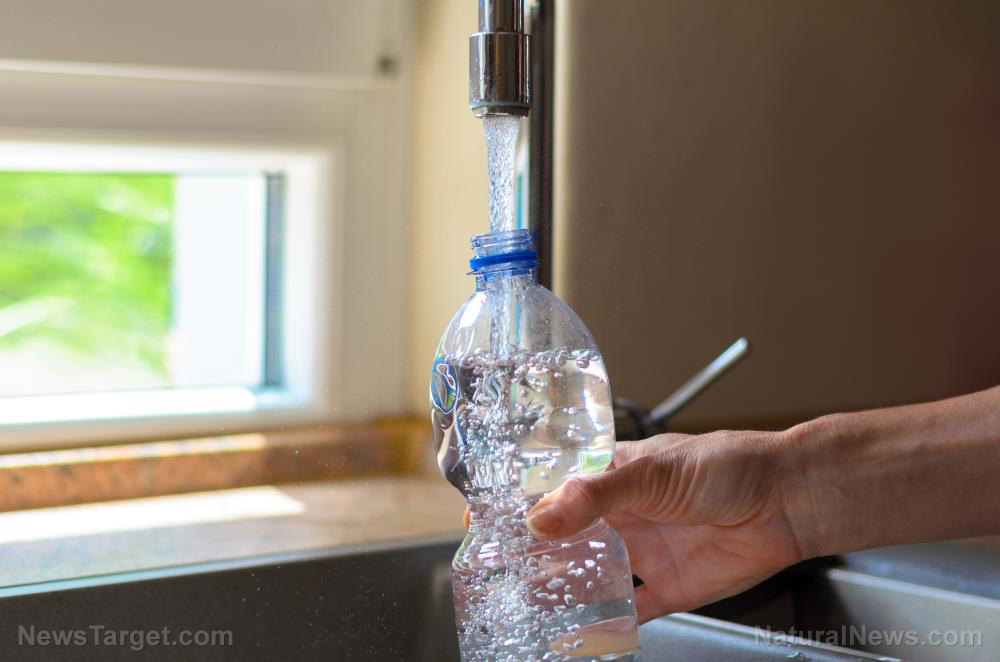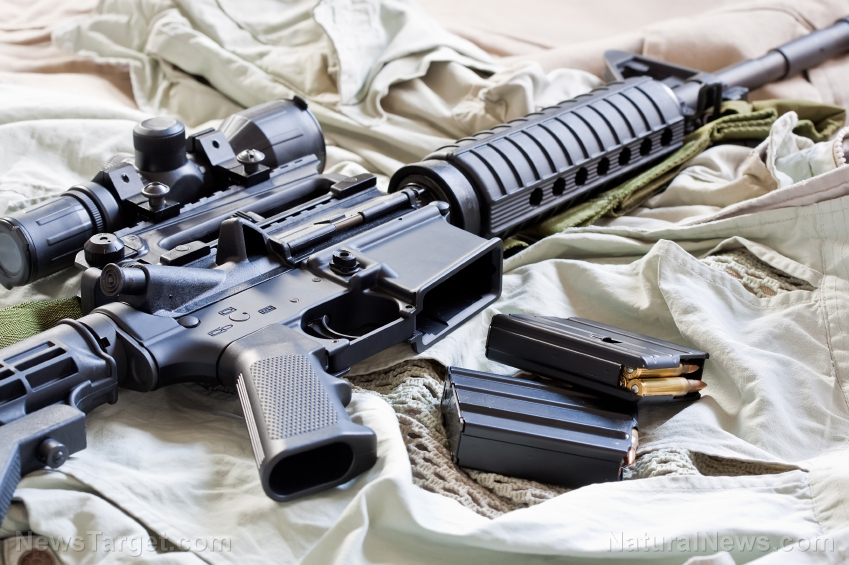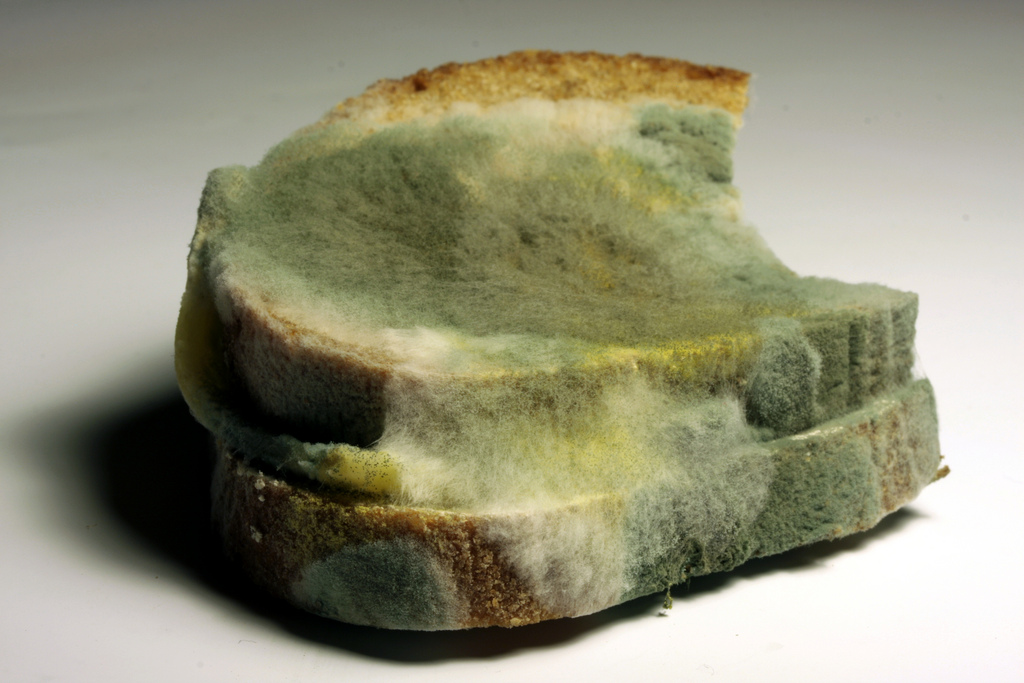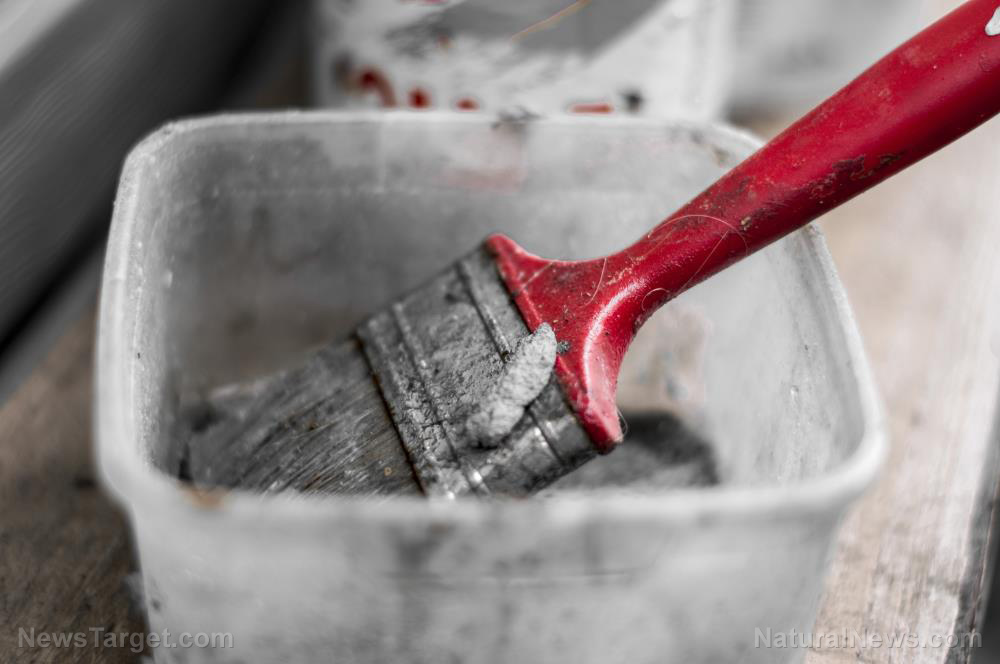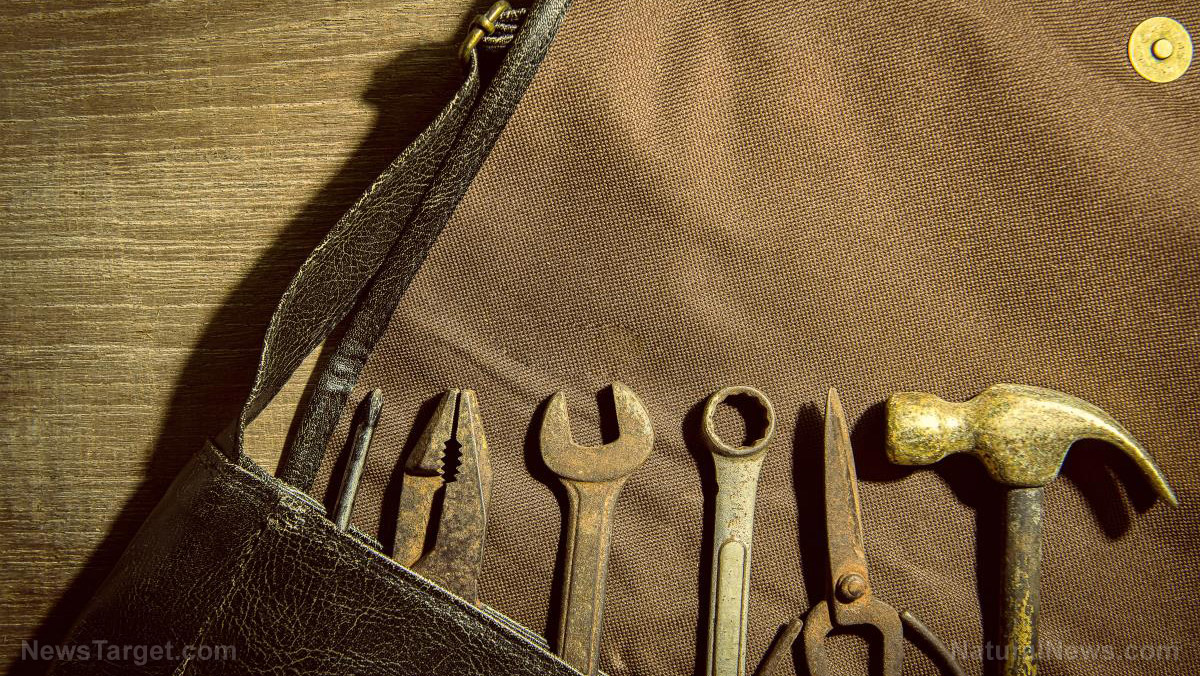No power, no problem: 5 Ways to stay warm when the power is out
02/07/2020 / By Arsenio Toledo
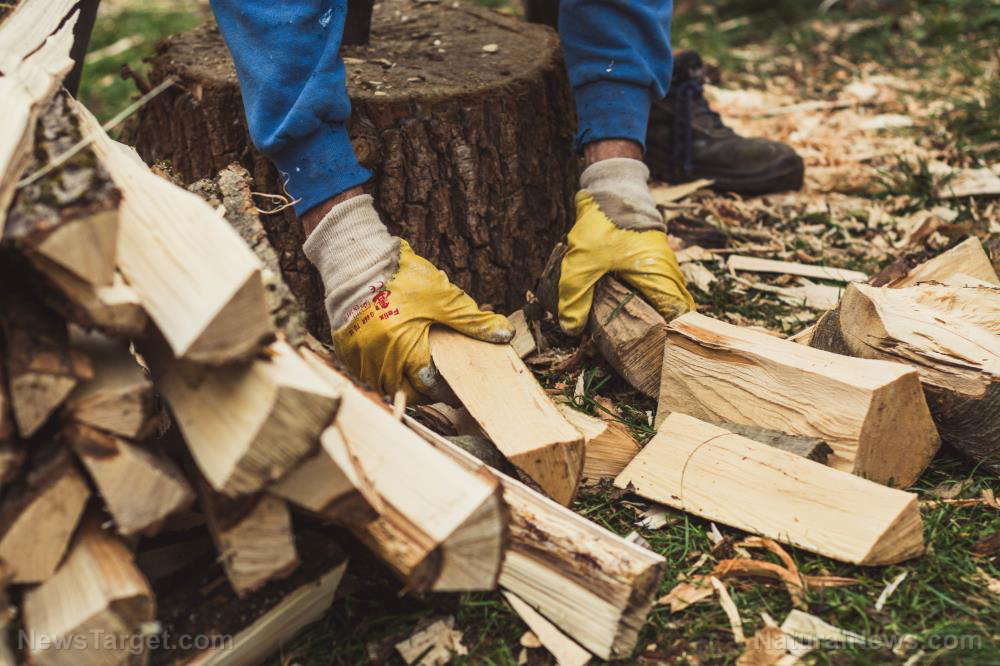
Some emergencies, like a shooting, an earthquake or a similarly large disaster, are very serious and require a lot of preparation. Others, such as a power outage, are still challenging to handle, but can be done with less preparation. Many people can survive a few days without power, as long as they have enough supplies to last them for the whole duration of the emergency. That said, it will be difficult to survive without proper heating, especially if the power outage occurs near or during wintertime. Here are five alternative ways to stay warm when the power goes out. (h/t to ThePreppingGuide.com)
Propane heater
Propane is an efficient and clean-burning fuel. These kinds of heaters are popular because they’re cheap, portable and very convenient to use. Propane itself is easy to store and has a near-indefinite shelf life. If you’re going to get a propane heater, be sure to get one that’s rated for indoor use. Be warned that constant use of the propane heater in an indoor setting with poor ventilation can lead to carbon monoxide poisoning.
Kerosene heater
This traditional heat source can easily warm up indoor spaces. However, using kerosene heaters also come with its own risks. If you’re going for a kerosene heater, get a model that has a lot of safety measures to prevent injury or fires from breaking out. If possible, choose “ventless” models that release the least amount of fumes. Moreover, only refill the kerosene heater outdoors and when it’s turned off and is cool to the touch. Carbon monoxide poisoning is also a possibility when using kerosene heaters, so only use these in well-ventilated spaces.
Catalytic gas heater
A catalytic gas heater is a flame-less kind of heater. It relies on chemical reactions to break down molecules and produce heat. The fuel can come from either natural gas or liquid propane gas. The catalytic heater uses catalytic combustion to mix together the gas and oxygen, creating carbon dioxide, water and, most importantly, heat. Inside the catalytic heater there’s a ceramic element that provides a bed for the gas to burn on. As the ceramic heats up during the catalytic process, the heat is released and warms up the room. These kinds of heaters don’t require electricity or a stockpile of fuel. They’re very efficient and they burn very clean.
Wood-burning stove
If you can stockpile wood, having a wood-burning stove can be a great way to heat your home without electricity. However, wood-burning stoves require some investment, as the larger models require installation. If you prefer, portable stoves are also capable units. Once the stove has been installed, you can even use it for cooking. Make sure that you buy a wood-burning stove that can use both regular wood and wood pellets. Wood pellets are great in that they can produce more heat per pound than regular wood, but gathering them will require making purchases, as opposed to simply gathering firewood from your surrounding environment. (Related: 10 Ugly truths about long-term power outages and how to deal with them.)
Non-wood burning fireplace
There are many types of fireplaces that don’t need wood to function, such as a gas-burning fireplace, which uses a pipe connected to a gas tank. If you want a directly vented fireplace, you must also get a chimney installed. On the other hand, ethanol fireplaces contain burners that can be filled with bioethanol fuel. This kind of fireplace is odorless, more eco-friendly and doesn’t require a chimney. Other alcohol variants can also be used as fuel for fireplaces, such as isopropyl, liquid alcohol and alcohol gel.
With the right amount of foresight and investment, your home can stay cozy even if the power goes out during the colder time of the year.
Sources include:
Tagged Under: blackout, bug out, catalytic gas heater, cold weather, emergencies, fireplace, gas-burning fireplace, heat source, heating, kerosene heater, non-electric heating, off grid, Power Outage, preparedness, prepping, propane heater, shelter, SHTF, survival, wood burning stove
RECENT NEWS & ARTICLES
COPYRIGHT © 2017 GEAR.NEWS
All content posted on this site is protected under Free Speech. Gear.news is not responsible for content written by contributing authors. The information on this site is provided for educational and entertainment purposes only. It is not intended as a substitute for professional advice of any kind. Gear.news assumes no responsibility for the use or misuse of this material. All trademarks, registered trademarks and service marks mentioned on this site are the property of their respective owners.


